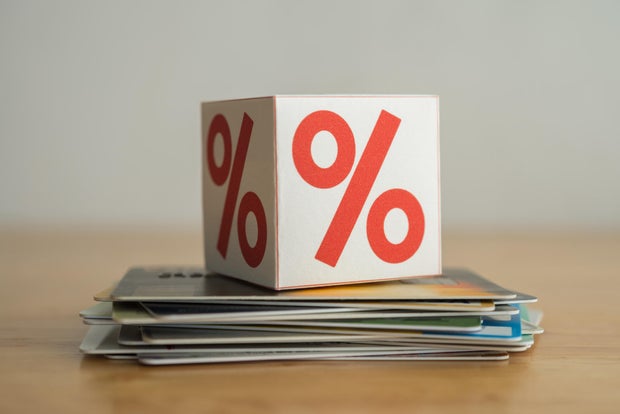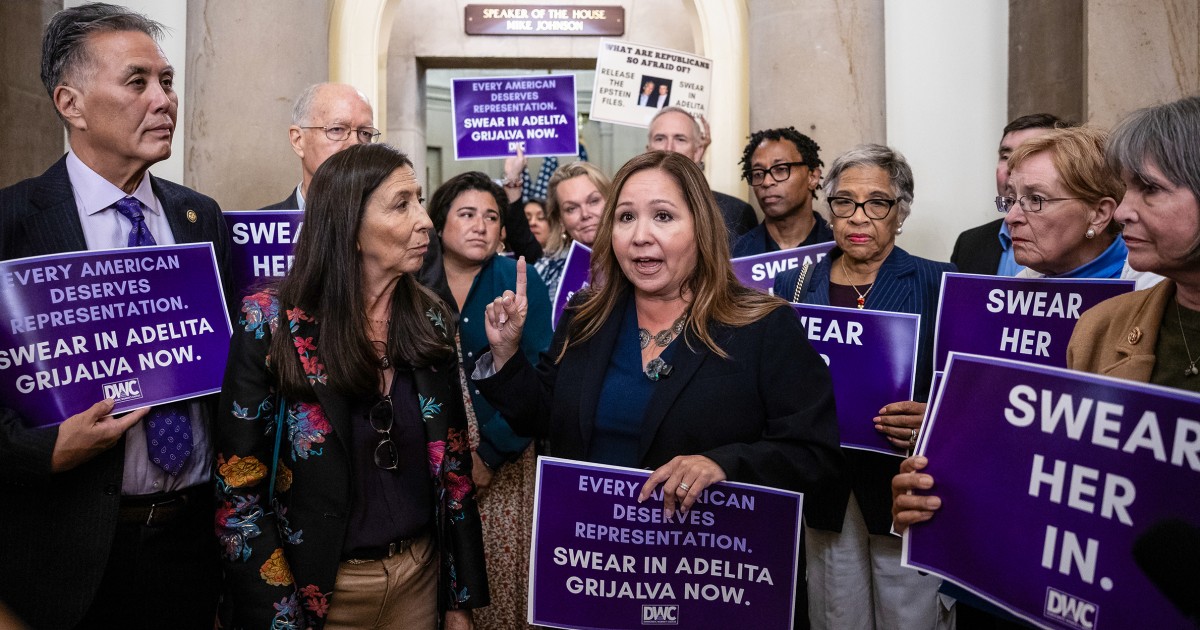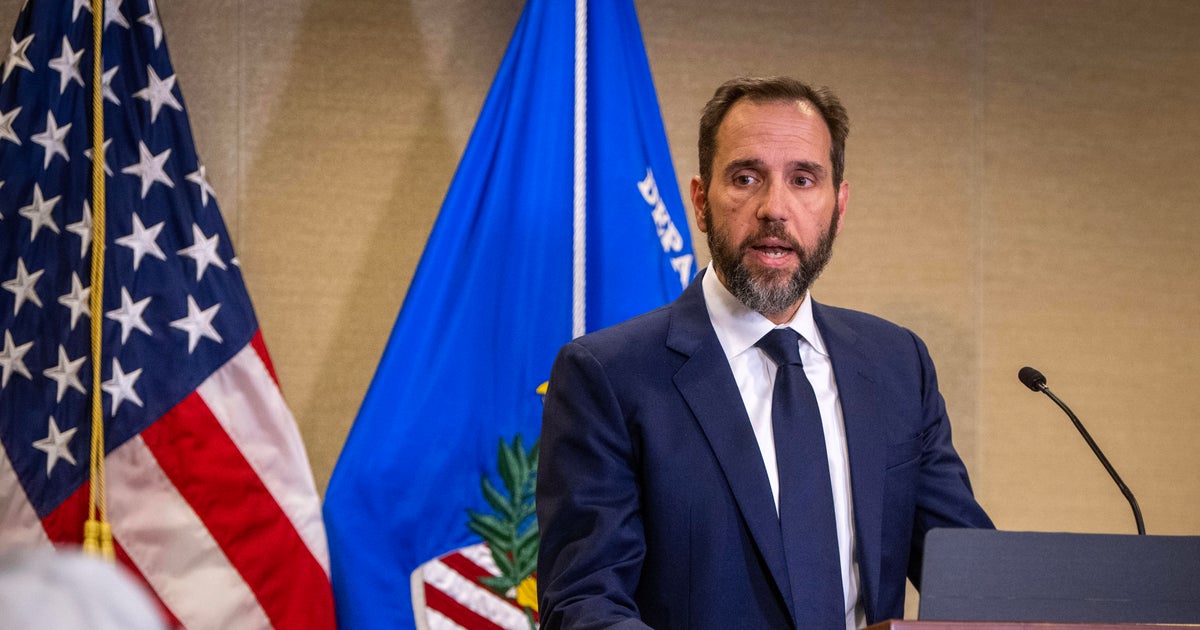 Another Fed rate cut will help ease some costs, but it may not have a big impact on your credit card rates.
Pla2na/Getty Images
Another Fed rate cut will help ease some costs, but it may not have a big impact on your credit card rates.
Pla2na/Getty Images
In today's borrowing landscape, credit card users are facing some very steep interest rates. The average rate on credit card accounts assessed interest recently climbed above 22%, for example, and while that may seem steep, many cards carry much higher rates, especially for borrowers with credit issues. Those elevated short-term borrowing costs have made it increasingly expensive to carry a revolving balance, especially as the interest compounds.
The good news is, though, that while rates on credit cards remain high, it appears that the overall rate environment is shifting. While inflation remains above the Fed's 2% target, it has cooled drastically compared to recent highs, and economic data is showing signs of moderation. As a result, the Federal Reserve slashed its benchmark rate by 25 basis points last month. And, if the Fed issues another rate cut at its October meeting, it could help ease the cost of borrowing even more.
But what exactly should credit card users expect to happen with card rates if the Fed issues another rate cut this month? Will rates drop, or are today's high average credit card rates here to stay? Below, we'll detail what to expect next.
Find out how you can get relief from your high-rate credit card debt today.
What will happen to credit card rates if the Fed cuts rates again this October?
You may be hoping card rates will drop with another Fed rate cut this month, but that probably won't be the case. While Fed rate cuts typically influence rates on various lending products, credit cards operate differently than other borrowing tools like mortgages, auto loans or personal loans. Credit card rates are technically linked to the prime rate, which moves in tandem with the federal funds rate. Here's the catch, though: Credit card issuers have considerable discretion over how quickly they pass along rate decreases to cardholders (or whether it's passed along at all).
And, when you look at the history of credit card rates, it tells an unflattering story. When the Fed raises rates, credit card companies tend to spring into action, hiking APRs within a billing cycle or two. When rates fall, however, these same issuers move at a much slower pace, if they reduce rates at all. This asymmetry isn't accidental, either. Credit card companies prioritize profit margins, and in an environment where delinquency rates are climbing and economic uncertainty looms, they're especially reluctant to sacrifice revenue.
The October Fed rate cut is also expected to be a modest 25 basis points, or a quarter of a percentage point. So, even if credit card issuers decided to pass along the full reduction to cardholders, it would still likely have a negligible impact on your monthly interest charges. For example, if you're carrying $6,500 in debt at 21% APR and making minimum payments, a quarter-point reduction might save you a few dollars per month at most. That's still some savings, but it's hardly the lifeline struggling cardholders need.
Credit card rates have been climbing steadily over the last several years, too, and have been doing so largely independently of Fed policy. While the federal funds rate certainly plays a role, card issuers have continuously widened the spread between the prime rate and what they charge cardholders. This means that even as the Fed cuts rates, your card rate might remain stubbornly high or drop far less than you'd expect based on the Fed's actions alone.
Chat with a debt relief expert about how to get your finances back on track now.
How to cut the cost of your high-rate credit card debt now
Counting on the Fed's decisions to lower your credit card rates is risky, especially if you're dealing with overwhelming debt right now. Luckily, there are some concrete steps you can take today to ease the burden. Here's what you can do now to cut the cost of your high-rate credit card debt:
- Shop for a balance transfer or 0% APR card: Moving your balance to a card with a 0% introductory APR can offer powerful short-term relief. Just make sure to check for balance transfer fees and know what rate will apply after the intro period ends.
- Negotiate with your issuer: Credit card issuers may agree to lower your APR if you're in good standing, especially if you tell them you're considering moving your balance elsewhere. It doesn't always work, but it's a potential way to lower your rate without taking more drastic measures.
- Consolidate debt with a lower-rate loan: If you can qualify for a low-rate personal or debt consolidation loan, consolidating your credit card balances can lead to significant interest savings and streamline the payoff process.
- Use lender hardship programs: Some card issuers offer programs to reduce payments or interest for a period if you're struggling financially. If you can't keep up with your payments, it's worth asking about the programs that may be available.
The bottom line
A Fed rate cut in October may gently nudge the prime rate downward, and that could give issuers room to lower variable APRs, but the change is likely to be modest and gradual, not dramatic or immediate. Many credit card spreads are locked in, and lenders tend to move cautiously on rate reductions to protect profit margins. If you're carrying a high-rate balance now, don't bank your strategy on hope. Instead, take more proactive steps to save on interest charges while you wait for macro headwinds to shift.
Edited by Matt Richardson

.jpeg)
























.jpeg)












 English (US) ·
English (US) ·